Anti-aircraft guns against tanks. Part 1
the USSR
Anti-aircraft artillery appeared shortly after airplanes and airships began to be used for military purposes. Initially, conventional medium-caliber infantry guns on various improvised machine guns were used to fire at air targets. When this was used shrapnel shells with a distance tube. However, even taking into account the fact that the first combat aircraft were very far from perfect, and their speed did not exceed that developed by a modern passenger car of the middle class, the effectiveness of the fire of improvised anti-aircraft guns was low. This is explained by the fact that the fire from the guns was carried out "by eye", there were no anti-aircraft fire control devices, and the rate of fire of the piston-bolt guns was not too high.
Special mention should be made of naval rapid-fire “mine” guns of the caliber 37-120 mm, designed to repel the attacks of destroyers. By their characteristics, these guns with semi-automatic shutters, which had good ballistics, were best suited for anti-aircraft fire. But initially in their ammunition there were no shrapnel or fragmentation grenades with a remote fuse, and the vertical elevation angle was limited. However, by the end of World War I, in most warring countries, universal cannons were created on the basis of "mine" artillery that could fight aviation. For the ground forces, thumbs were used for anti-aircraft guns, often mounted on a cargo chassis or railway platforms.
Although the design of the 57-mm Rosenberg anti-airborne gun was developed before the war, in Russia, the 76-mm gun, known as the 76-mm anti-aircraft gun, became such the first production gun. 1914/15 (3 ″ Lender anti-aircraft gun or 8-K). This is the first in Russia special 76,2-mm caliber gun equipped with a wedge-lock with inertial semi-automatic, designed to fire at air targets with a range of 6500 meters. In addition to the 76-mm guns in the Russian army and in navy there were imported 37-mm Maxim-Nordenfeldt automatic guns and 40-mm Vickers (both guns had automatic equipment according to the Maxim system) with tape power. The guns used in land units were usually mounted on truck platforms. Theoretically, 76-mm anti-aircraft guns and 37-40-mm machine guns could be successfully used to combat the German tanks and armored vehicles, but the author does not have information about their use in this role.
However, the century of anti-aircraft guns based on Maxim’s automation in Russia turned out to be short-lived. These guns had a lot of flaws: they were difficult to operate, gave a lot of delays when firing, required water cooling, had a low ballistics. As a result, by the middle of the 30-s in the Red Army there were practically no serviceable 37 and 40-mm anti-aircraft guns. The 76-mm Lender anti-aircraft gun, by contrast, until the middle of the 30-x was the main anti-aircraft gun. In the 1928, the gun was upgraded: the barrel length was increased to 55 gauges, which increased the initial velocity of the projectile to 730 m / s. The height of the target hit reached 8000 m, and the rate of fire was 10-12 rds / min. The gun was produced until 1934 year. As of 22 June 1941, the troops had 539 units 76-mm. anti-aircraft guns arr. 1914 / 15 of the Lender system and 19 pcs. 76-mm. anti-aircraft guns arr. 1915 / 28
Without a doubt, in the initial period of the war, these guns had the opportunity to fire at ground targets. Considering the fact that Lender's anti-aircraft guns were absolutely compatible in terms of ammunition with divisional 76-mm guns, they can be considered quite effective anti-tank weapons. 76-mm armor-piercing projectile 53-BR-350A at a distance of 1000 meters normal pierced 60-mm armor. In the summer of 1941, the thickness of the frontal armor of most German tanks did not exceed 50-mm. In the extreme case, shrapnel could be used with a fuse set to “strike”, while the armor penetration at the 400 meter range was 30-35 mm.
76-mm anti-aircraft guns arr. 1914 / 15 were fairly simple and reliable, they were well mastered in production and in the army, but by the beginning of the 30's, Lender's guns were already outdated. The main disadvantage of these guns was considered to be insufficient reach in range and height. In addition, shrapnel shells at break could hit the enemy aircraft in a relatively narrow sector, which generally reduced the effectiveness of firing at fast moving air targets. In this regard, attempts have been made to create a modern 76-mm anti-aircraft gun. However, at the end of 20-x - the beginning of 30-x, the Soviet design school was still very weak, and the production base of artillery factories was only beginning to be updated due to the supply of imported machine tools. Therefore, the acquisition of technical documentation for the German 75-mm 7,5 cm Flak L / 59 gun from Rheinmetall was fully justified. Original samples made in Germany, in February-April 1932, were tested at the Scientific Research Antiaircraft Range. In the same year, the gun was put into service under the name "76-mm anti-aircraft gun mod. 1931 G. (3K) ". Especially for it was developed a new projectile with a bottle-shaped liner, which was used only in anti-aircraft guns.
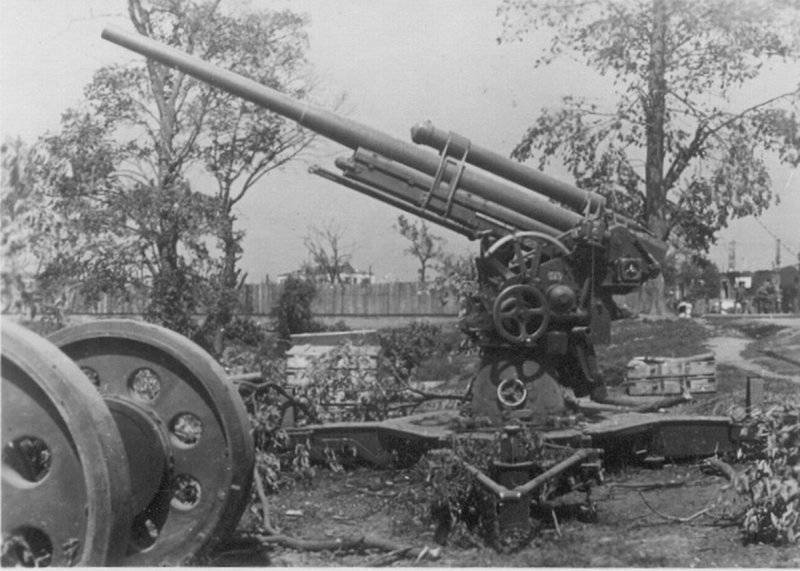
Automatics ensured the extraction of spent cartridges and the closure of the bolt during firing. The loading of shells and shot was made manually. The presence of semiautomatic mechanisms provided high combat rate of fire of the gun - up to 20 shots per minute. The lifting mechanism allowed to fire in the vertical angle range from -3 ° to + 82 °. By the standards of the beginning of 30-ies, anti-aircraft gun arr. The 1931 of the year was quite modern and had good ballistic characteristics. The carriage with four folding beds provided circular fire, and with the weight of the projectile 6,5 kg the maximum height of the destruction of air targets was 9 km. A significant drawback of the gun was that the transfer from the traveling to the combat position took a relatively long time and was a rather laborious operation. In addition, the two-wheeled wagon was unstable when transporting over rough terrain.
According to the experience of the Lender cannons, several dozen guns were installed on the YG-10 trucks. "Cargo" ZSU received index 29K. To install anti-aircraft guns, the bottom of the car body was strengthened. Swinging part of the 76,2-mm anti-aircraft gun arr. 1931 g. 3K mounted on a standard cabinet. The car was complemented by four folding "paws" - jacks type jacks. The body in the stowed position was supplemented by protective armor sides, which in the combat position were reclined horizontally, increasing the service area of the gun. In front of the loading platform, there were two charging boxes for each 24 projectile. On the folding sides were places for the four calculation numbers.
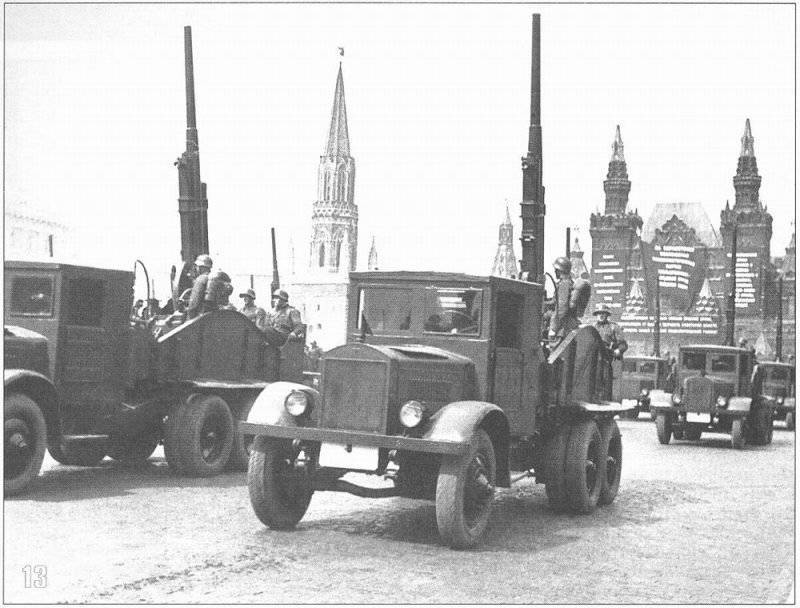
The 3-mm anti-aircraft gun model 76 of the year was developed on the basis of the 1938-K gun. In order to shorten the deployment time, the same gun was installed on a new, four-wheeled vehicle. Before the war, the troops managed to get 750 76-mm anti-aircraft guns arr. 1938 g. It was the most numerous medium-caliber anti-aircraft gun in the USSR at the time of the outbreak of war.
Thanks to a bottle-shaped sleeve with an increased charge of gunpowder and a long barrel 76-mm anti-aircraft guns. 1931 g. And arr. 1938 had excellent armor penetration. The BR-361 armor-piercing projectile, released from the 3-K gun at a distance of 1000 meters at the 90 ° meeting angle, pierced 85-mm armor. In the initial period of the war, this was more than enough to destroy any German tank.
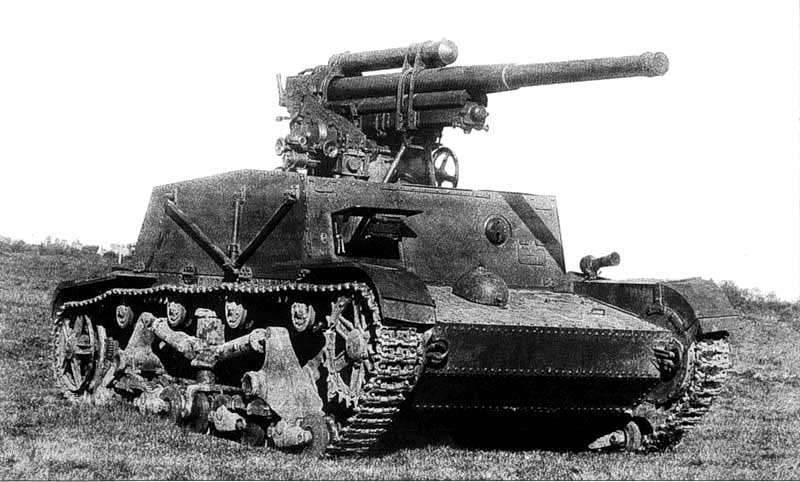
In 1936, the ZSU SU-6 was tested, armed with an 76-mm anti-aircraft gun 3-K on the chassis of a T-26 light tank. This machine was intended to accompany motorized columns. She did not arrange the military, since the entire anti-aircraft calculation did not fit in an artillery installation. Failing as an anti-aircraft gunner, the SU-6 could become an excellent anti-tank SPG. For this, the gun had only to cover up with a light splinter cutting. Our anti-tank units on the eve of the war could get an effective anti-tank artillery system for operations from ambushes and prepared fire positions. Moreover, the outdated T-26 tanks in the Red Army were in abundance.
Speaking about 76-mm guns, it is impossible not to mention two more guns of this caliber, formally considered anti-aircraft. In 1916, the troops received 76-mm anti-aircraft guns arr. 1902 g. On the machine Ivanov. Ivanov’s machine was a metal bollard with a circular rail in the upper part, along which the upper frame rotated on 4 rollers. The axis of rotation was an axial bolt, sprung by buffers. The cabinet had four coulters and an inner box, which for stability was filled with earth. The field gun was rolled onto the upper frame by artillery forces and in a combat position possessed a circular horizontal sector of shelling and a maximum angle of elevation 56 °. A special anti-aircraft sight was used for shooting. The system’s drawbacks were the stationarity of the installation, which prevented the defense of the troops on the march and the low rate of fire. In addition, by the middle of the 30-x the height of the defeat of air targets was unsatisfactory. Ivanov's anti-aircraft installations were in service right up to the beginning of the Great Patriotic War, and by that time they were already an obvious anachronism. But in the army there were even more than 3-K anti-aircraft guns, as of the second half of June - 805 pcs.
At the end of the 20-x - the beginning of the 30-s, our military leadership was fascinated by the idea of creating a universal artillery system that combines the functions of an anti-aircraft and divisional weapon. One of the apologists for this trend in the field of artillery weapons was M. N. Tukhachevsky, who from the 1931 year occupied the post of head of the Red Army weapons, and from the 1934 year - the post of Deputy Commissar of Defense for Armaments. Energetic, but without proper education in the field of design and technology of artillery systems (and, consequently, incompetent in this matter), he actively promoted his personal ideas in their practical implementation.
In 1931, on the instructions of Tukhachevsky, work began on the creation of a "universal" 76-mm divisional gun, which could conduct anti-aircraft fire. Despite the obvious viciousness of the concept in 1936, a weapon created under the leadership of V. G. Grabin was adopted. "76-mm divisional gun obr. 1936 g. "Or F-22 was originally developed for powerful ammunition with a bottle-shaped liner. But at that time, the Main Artillery Directorate (GAU) did not want to switch to another 76-mm ammunition, since the warehouses had huge stocks of 76-mm shots with a cartridge case. 1900 r, which of course was a mistake. At the same time, the F-22, designed for more powerful ballistics, had a large margin of safety, which was later used by the Germans, who captured a significant number of guns of this type in the initial period of the war. Given the acute shortage of anti-tank guns capable of hitting Soviet tanks with anti-shell armor, the F-22 was converted into anti-tank guns. The modernization of the guns included the bore of the chamber under the larger sleeve, the installation of the muzzle brake and the transfer to one side of the pickup mechanisms. F-22, which received the designation 7,62cm FK 39, became one of the best anti-tank guns of the Wehrmacht, more than just 500 guns were redone. A significant amount of these guns was also used for armament PT SAU Marder II and Marder III.
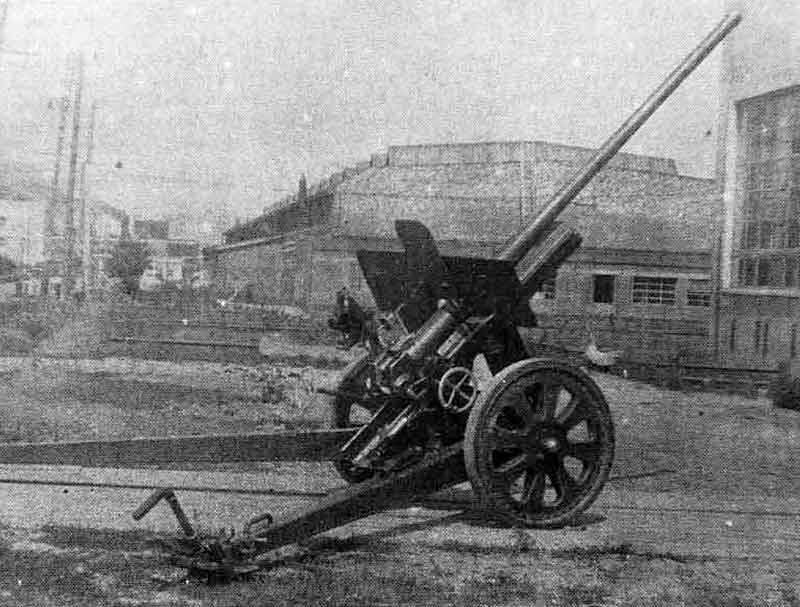
In general, the "universality" worsened the characteristics of the F-22. Constructive solutions aimed at imparting the properties of an anti-aircraft gun had a negative effect on the characteristics of the F-22 as a divisional weapon. F-22 had a very large size. The gun was often used as anti-tank, but never as an anti-aircraft gun. She was deprived of the opportunity to conduct a round-up attack, which is absolutely unacceptable for anti-aircraft guns. Reach height and anti-aircraft firing were low. When shooting at elevation angles greater than 60 °, the automatic shutter function refused to work, which adversely affected the rate of fire. The artillery divisions did not have anti-aircraft fire control devices (PUAZO) and anti-aircraft sights. In terms of firing range and armor penetration capability, the F-22 had no particular advantages over the old divisional gun mod. 1902 / 30 The use of the F-22 as an anti-tank gun was made difficult by the fact that the scope and mechanism of vertical guidance were on opposite sides of the barrel, respectively, the gun could not be guided by the gunner alone.
The growth of speeds and the "ceiling" of aircraft, increasing their survivability demanded an increase in the reach of anti-aircraft guns in height and an increase in projectile power. 76-mm. 3-K anti-aircraft gun had an increased margin of safety. The calculations showed that it is possible to increase its caliber to 85-mm. The main advantage of the 85-mm anti-aircraft gun over its predecessor - 76-mm anti-aircraft gun model 1938 of the year - in the increased power of the projectile, which created a larger radius of destruction in the target area.
In the new 85-mm gun, the barrel was placed on the 76-mm anti-aircraft gun platform. 1938 of the year, in addition, used the design of the bolt and semi-automatic of this instrument. To reduce recoil was installed muzzle brake. 85-mm anti-aircraft gun under the designation "85-mm anti-aircraft gun mod. 1939 (52-K) "launched into mass production on a simplified carriage (with a four-wheel vehicle) 76,2-mm anti-aircraft gun mod. 1938 g. Thus, with minimal cost and in a short time, a new effective anti-aircraft gun was created. Before the attack of Hitler's Germany on the Soviet Union, industry had managed to put 2630 units into the troops. In all, more than 14000 85-mm anti-aircraft guns were produced during the war years.
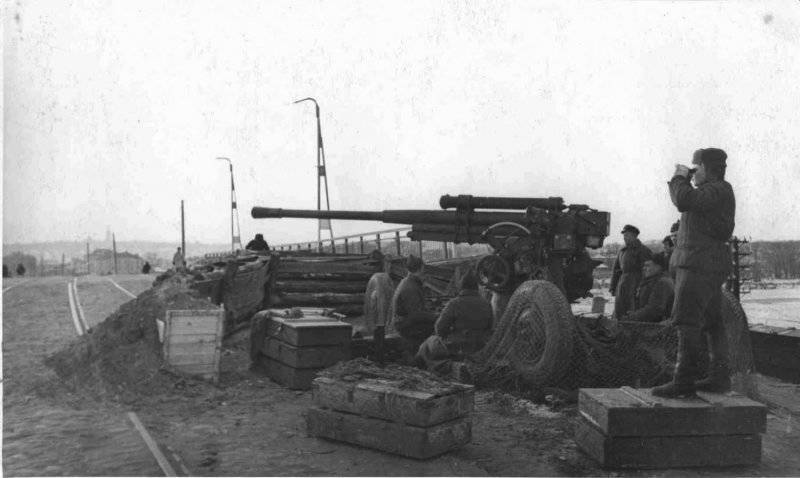
In addition to air defense, 85-mm anti-aircraft guns were widely used for firing at ground targets, becoming one of the most effective means of fighting enemy tanks. With an initial speed of 800 m / s, the 53-UBR-365K armor-piercing caliber projectile, which weighed 9,2 kg, pierced 1000 mm armor at a distance of 100 meters along the normal line. At a distance of 500 meters, the armor-piercing shell was completely in front of the “teeth” of the heavy Tiger's frontal armor. The maximum rate of guns reached 20 rds / min.
Already at the end of June 1941, the decision was made to form separate anti-tank artillery regiments of the GDG, armed with twenty 85-mm anti-aircraft guns. In July and August, 1941 formed 35 of such regiments. In August and October, the second wave of formation of anti-tank regiments of the Russian command and control group followed. On the one hand, an important advantage of anti-aircraft guns was also a carriage, providing a circular sector of fire. On the other hand, this very four-wheel carriage, made anti-aircraft gun less mobile. Its transportation over weak soils or deep snow was possible only with powerful tracked tractors, which were few in the Red Army.
Due to the acute shortage of effective anti-tank guns, in 1942, the production of simplified 85-mm guns was launched without interfacing with PUAZO. According to the experience of military operations, to protect the calculations from bullets and splinters, an armored shield was mounted on the guns. These guns were delivered to the anti-tank artillery regiments of the GDG. In 1943, the anti-aircraft gun was upgraded to improve performance and reduce production costs.
The widespread use of 85-mm anti-aircraft guns in VET took place at least until the end of the 1943 year. It is known that 15 anti-tank artillery divisions with twelve 85-mm guns took part in the Kursk battle. At the same time they were forbidden to fire at air targets. By the beginning of the 1944 of the year, as the forces of the anti-tank artillery were fully saturated and the mass production of the SAU SU-85 PTs began, anti-aircraft 85-mm guns were removed from the anti-tank divisions. But armor-piercing shells in ammunition of anti-aircraft batteries deployed in the front line, there were always.
On the basis of 85-mm anti-aircraft guns or using ammunition during the war years, a number of guns were developed that armed T-34-85, KV-85, EC-1 and SAU SU-85 tanks. In 1944, the 85-mm anti-aircraft gun mod. 1944 g. (COP-1). It was obtained by imposing a new 85-mm barrel on the carriage of an 85-mm anti-aircraft gun mod. 1939. The goal of modernization was to increase the survivability of the barrel and reduce the cost of production. But its massive entry into the troops began after the end of hostilities.
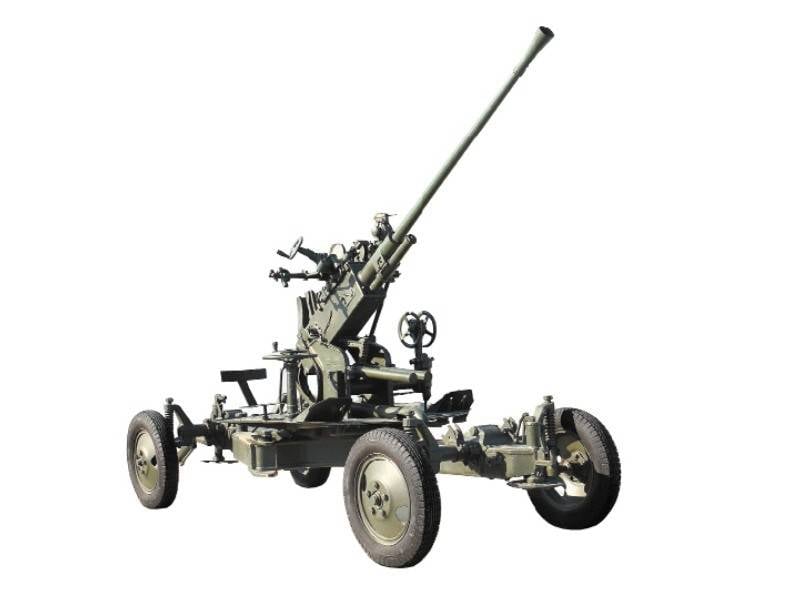
In the 1939, the 37-mm anti-aircraft gun 61-K, based on the Swedish 40-mm Bofors anti-aircraft guns, was adopted in the USSR. The 37-mm 1939 automatic anti-aircraft gun of the year is a single-barreled small-caliber automatic anti-aircraft gun on a four-carriage with a non-detachable four-wheel drive. Automatic guns based on the use of recoil force according to the scheme with a short recoil of the barrel. All actions necessary for firing a shot (opening the bolt after the shot with extracting the liner, cocking the hammer, feeding the cartridges into the chamber, closing the bolt and lowering the hammer) are performed automatically. Manually carried out the aiming, pointing guns and feed clips with ammunition in the store.
According to the leadership of the gun service, his main task was to fight against air targets at distances up to 4 km and at altitudes up to 3 km. If necessary, the gun can be used for firing at ground targets, including tanks and armored vehicles. 37-mm anti-aircraft gun arr. 1939, even before the war was created as anti-tank and had a spent armor-piercing projectile. By the beginning of the war, the troops had 370 37-mm 61-K anti-aircraft guns, which was about 10% of the minimum required quantity. During the war years, the industry transferred more than 22 000 37-mm anti-aircraft guns to the air defense forces. 1939 d. You should also add more 5000 40-mm Bofors automata set by allies.
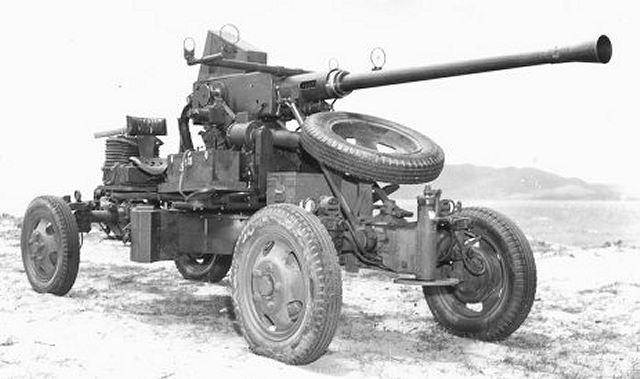
Since July, 1941, 37-mm automatic anti-aircraft guns 61-K along with 85-mm guns 52-K were included in the composition of anti-tank regiments RGC. These regiments were armed with eight 37-mm and eight 85-mm anti-aircraft guns.
Armor-piercing tracer 37-mm projectile UBR-167 770 g mass left the barrel at a speed of 865 m / s. At a distance of 500 meters along the normal, he punched 46 mm armor, which made it possible to destroy medium German tanks when firing at the side. However, the use of high-speed anti-aircraft guns in the role of not the most effective anti-tank guns in the conditions of the domination of enemy aircraft was an unaffordable luxury. In this regard, at the end of 1941, 37-mm machine guns from anti-tank artillery were withdrawn. However, during the war years, 37-mm automatic anti-aircraft guns 61-K were often used for firing at ground targets.
Shortly before the war, an 25-mm automatic anti-aircraft gun of the 1940 model of the year (72-K) was created, borrowing a number of design solutions from the 37-mm 61-K submachine gun. But by the beginning of hostilities she did not get to the troops. The 72-K anti-aircraft guns were designed for anti-aircraft defense of a rifle regiment level and in the Red Army occupied an intermediate position between large-bore DShK heavy anti-aircraft machine guns and more powerful 37-K anti-aircraft guns. However, the use of a charger for a small caliber anti-aircraft machine gun greatly reduced the practical rate of fire.
Because of the difficulties in mastering their mass production, a significant number of 25-mm anti-aircraft guns appeared in the Red Army only in the second half of the war. Due to their smaller caliber, their anti-tank capabilities were worse than the 37-mm anti-aircraft guns. At a distance of 500 meters armor-piercing projectile mass 280 gr. With an initial speed of 900 m / s, the normal pierced through 30-mm armor. What allowed to fight with light tanks, armored vehicles and armored personnel carriers. However, the 25-mm projectile had a much lower yield than even an 37-mm projectile, whose effectiveness was considered insufficient.
Most often for firing at ground targets were used guns caliber 76-85-mm, especially in the PTO. Anti-aircraft guns sometimes became the only barrier in the path of German tanks. A very large role in the anti-tank defense anti-aircraft guns, set in direct fire, played in the Battle for Moscow. About 50% anti-aircraft artillery batteries left their positions and took up defensive positions on the approaches to the capital. Back in the course of the Smolensk defensive battle, nomadic groups were set out from the composition of air defense forces and weapons for deployment to tank-dangerous areas. Such groups often made unexpected artillery strikes against the advance columns of the advancing German forces that broke through the front, sowing panic among them and causing serious damage to manpower.
After the Germans launched Operation Typhoon, in connection with the threat of enemy forces rushing through Borovsk to Naro-Fominsk and through Maloyaroslavets to Podolsk, a group of four anti-aircraft artillery batteries and three anti-aircraft guns were allocated to help the troops of the 33 Army machine gun platoons. 12 October in the area of the city of Borovsk, the group entered into battle with an enemy force column up to an infantry regiment, reinforced with tanks. For nine hours, the gunners and machine-gunners held the enemy back, and then the approaching forces of the 33 Army threw the Nazis on 8 km from Borovsk with a counter-attack. In this battle, an anti-aircraft artillery group destroyed 8 tanks, two bombers, and up to the enemy infantry battalion.
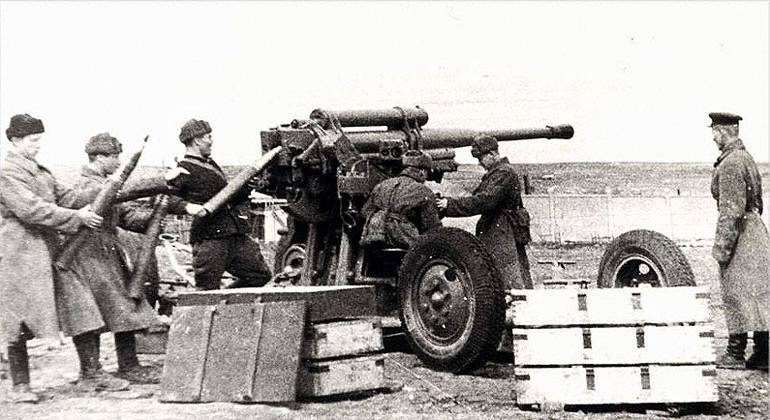
The anti-aircraft gunners of the 732 anti-aircraft artillery regiment played a huge role during the defense of Tula. At the southern approaches to Tula were put forward 4 medium-sized batteries. Anti-tank ditches were dug before firing positions, anti-tank barriers and minefields were installed. Searchlight stations have been prepared for night combat. An attempt by the Germans to break through the defense failed. Only in one battle of 30, October, the enemy lost more than 20 tanks, more than 200 infantry. In total, during the two months of Tula’s defense, the anti-aircraft gunners destroyed 49 tanks, 5 armored vehicles, 3 artillery and 12 mortar batteries, 11 aircraft, and before 1850 soldiers and officers of the enemy.
In 1942, near Stalingrad, the Red Army anti-aircraft gunners showed wonders of courage, repelling the attacks of the German tanks that had broken through. Often enemy tanks and aircraft simultaneously attacked positions, and anti-aircraft guns had to fire on both. For example, the 3-th battery of the 1077-th Zenap in just one day 23 August 1942 destroyed 14 tanks, 3 aircraft and, before 100, enemy soldiers. AT history defense of Stalingrad forever entered the feat of anti-aircraft gunners 1077-th anti-aircraft artillery regiment, covering the factory part of Stalingrad from air raids. There were a total of 75 girls in the regiment, 37-mm anti-aircraft guns 61-K and 85-mm anti-aircraft guns 52-K, all 37 guns were in service. It was they who, together with the workers of the Stalingrad Tractor, blocked the way for the broken through German tanks of the 16 Tank Division of Lieutenant General Hube. From 23 to 24 in August 1942, in the area of defense of the 1077 regiment, the 83 tank was destroyed, 15 trucks were destroyed and an infantry battalion was destroyed. But at the same time all the anti-aircraft guns were lost, and most of the anti-aircraft gunners perished. In December, the 1942 anti-aircraft gunners of the 1080 anti-aircraft regiment distinguished themselves. The personnel of the regiment suffered heavy losses, but their 76-mm anti-aircraft guns were firing with fire. 1938 was stopped by German tanks trying to break through the encirclement.
During the Great Patriotic War, anti-aircraft guns were often used to fight the enemy’s armored vehicles, but it must be admitted that this was a necessary measure. The design of anti-aircraft guns at the design stage laid the possibility of firing at ground targets, but it was inexpedient to constantly use expensive and sophisticated tools for firing at ground targets. It was practiced only during the most intense periods of hostilities, when it was required to stop the advance of the enemy at any cost.
To be continued ...
Based on:
http://artilleriya.atwebpages.com/zenitki-protiv-tankov.php
http://eurasian-defence.ru/?q=node/33391
http://www.militaryparitet.com/nomen/russia/arty/barty/zenitnaya/data/ic_nomenrussiaartybartyzenitnaya/4/
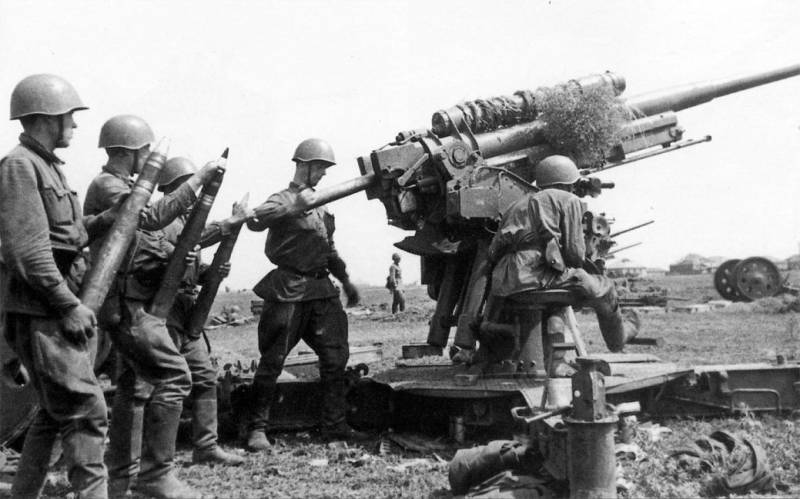
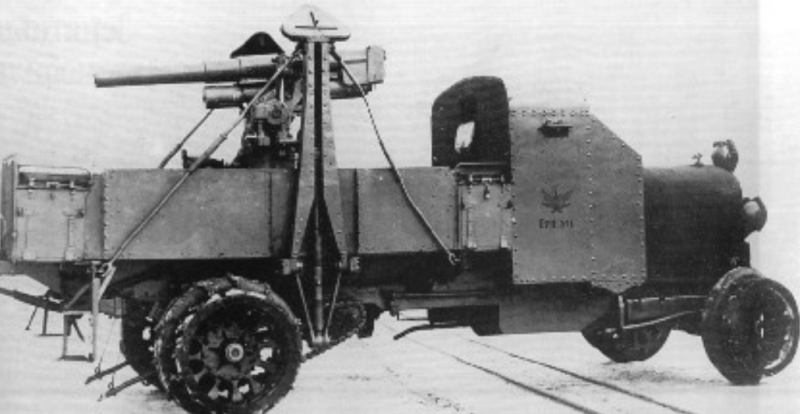
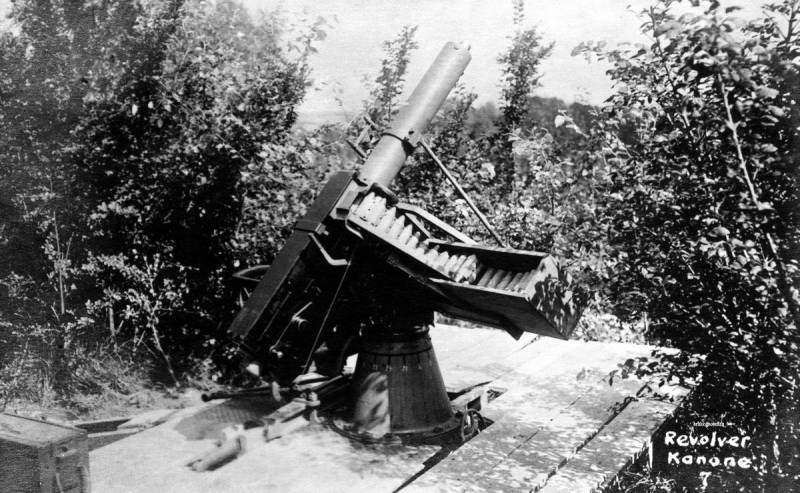
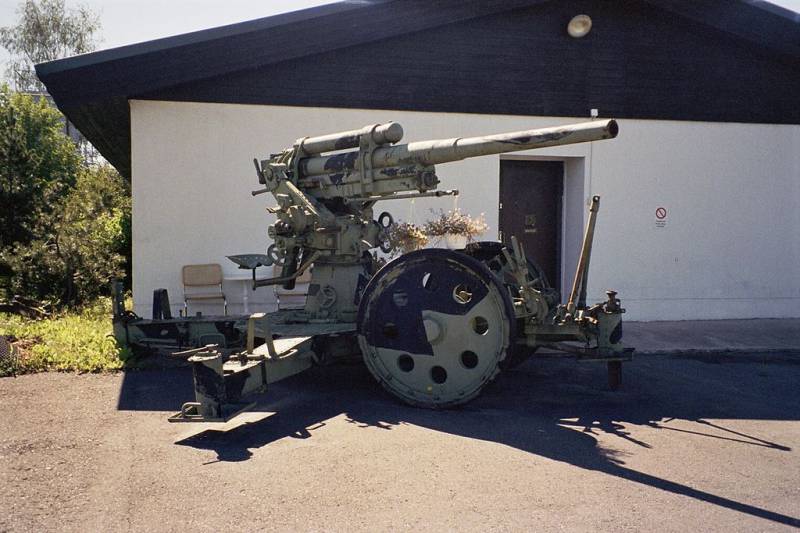
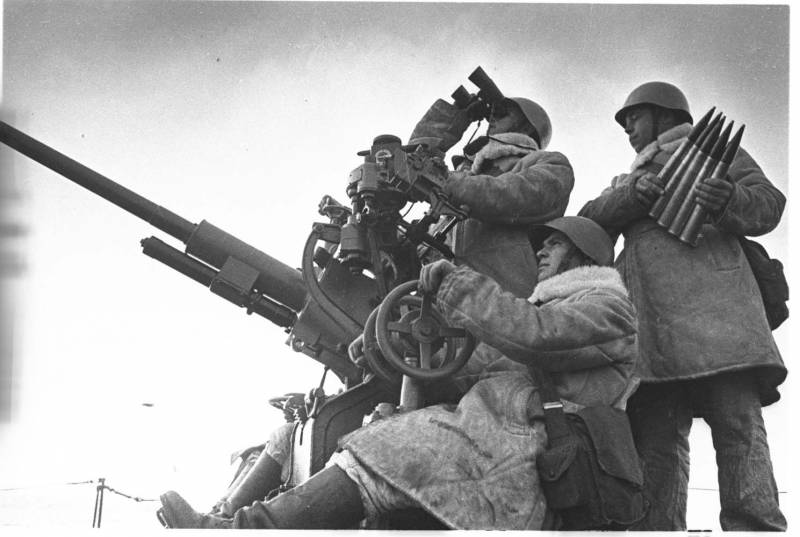
Information